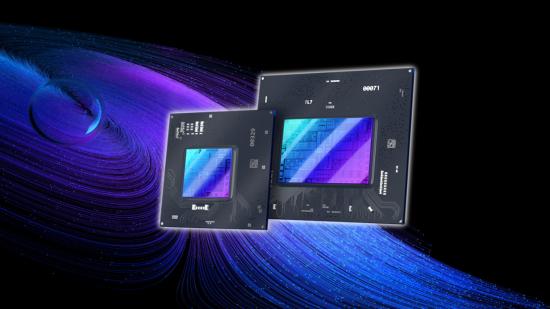Intel Arc hopes to make a splash in the graphics card market when Alchemist lands early next year, but with established super sampling solutions making 4K gaming more accessible on Nvidia and AMD GPUs, team blue has a mountain to climb. Fortunately, Intel has a trick up its sleeve with XeSS, it’s own AI-accelerated answer to Nvidia Deep Learning Super Sampling (DLSS) and AMD Fidelity FX Super Resolution (FSR).
Lifting the lid on the tech at its annual Architecture Day, XeSS has a lot in common with Nvidia DLSS. It uses a neural network and machine learning to reconstruct lower rendered resolution images into a higher pixel count, which Intel claims can potentially double the performance of compatible graphics cards. This is different to AMD FSR, which uses software-based spatial upscaling techniques.
Curiously, it’s both a hardware and software solution. Desktop GPUs like Alchemist are powered by dedicated Xe-cores and Xe Matrix eXtensions (XMX) engines, but the code will eventually be open source and Intel is casting its net wide to also get XeSS working on competitor and integrated GPUs based on the Xe-LP architecture through the DP4a instruction.
Intel’s XeSS demo shows the technology in action, upscaling an image from 1080p to 4K resolution, but it’s worth taking it with a pinch of salt given it’s a controlled, slow-moving clip that’s cherry picked to show only the best parts. We’ll need a hands-on before we can draw comparisons or see how it handles more demanding scenes.

As for Intel’s larger Arc strategy, it’s outsourcing the manufacturing to TSMC and plans to include support for DirectX 12 Ultimate, DirectX Raytracing (DXR), and Vulkan Ray Tracing, starting with Alchemist and continuing through to its second-generation Battlemage, third-generation Celestial, and its subsequent Druid graphics cards.
